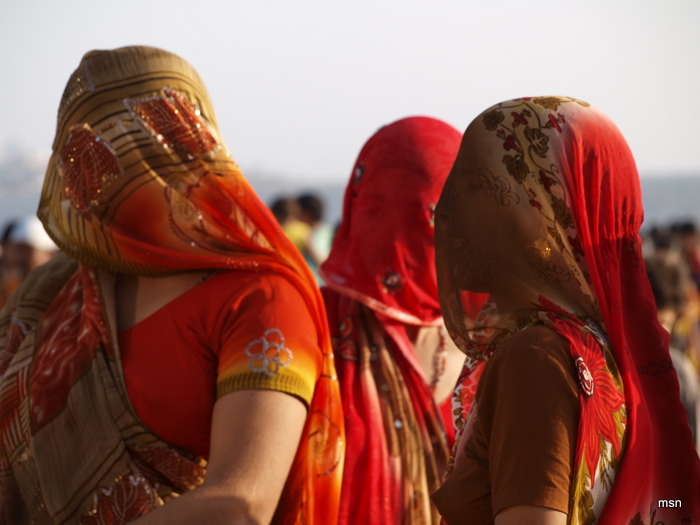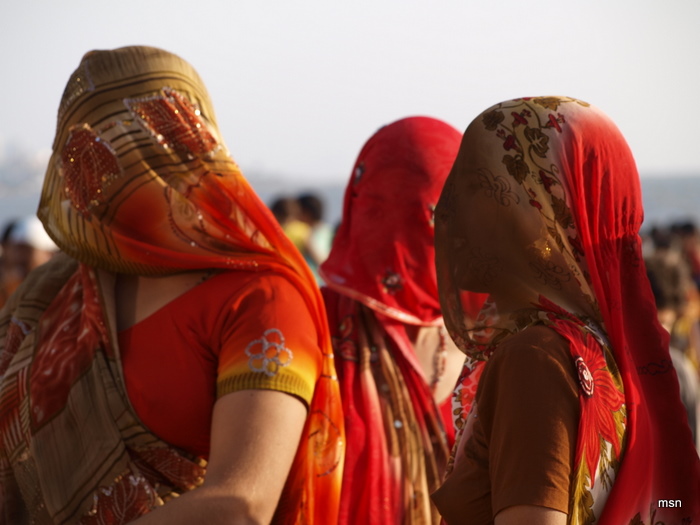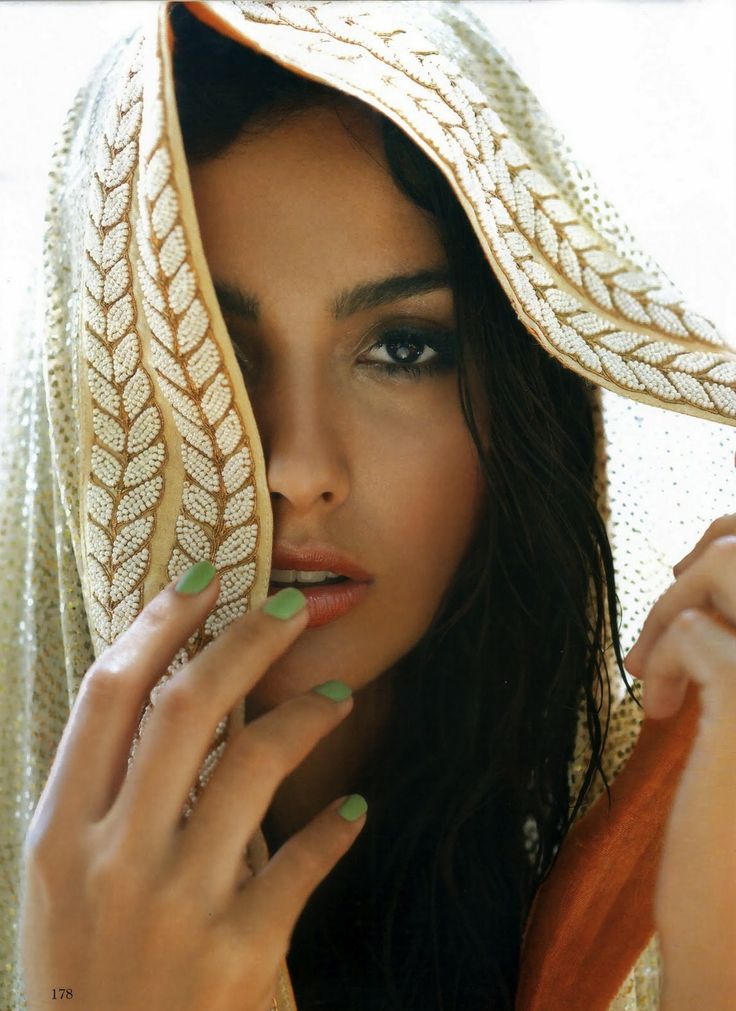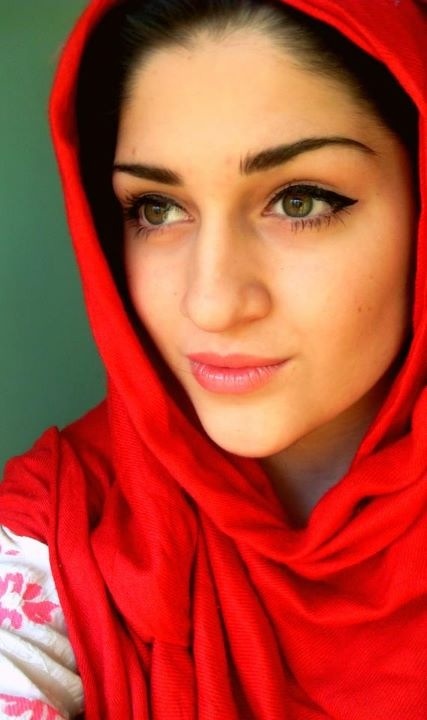
Purdah System in India
The tradition of Purdah has been so well etched in history that there will rarely be any part of the world that would not know about its roots. Purdah, a Persian word that translates to curtain, is conservative attire at the heart of the religious, social, and spiritual seclusion of the women in Muslim dominant nations, such as the countries in South Asia.
With its religious significance being preached in sacred texts like the Quran, Purdah gained a place in the heart and soul of every Muslim. The purdah is believed to be of a Persian origin; however, the purdah takes a different face depending on the country and place of its origin.
Origin and History
Focusing particularly on the continent of India, the exact point and time of the origin of the tradition of Purdah is an ordeal. Nonetheless, it is undoubtedly a practice that was seeded by the Muslim community. There is no mention of the Purdah system in any Indian vedic text, a fact that clarifies that the system is not of Indian but of Muslim origin.
Some other texts put forth the idea that in Arabia women were accustomed to veiling themselves with a cloth because of the harsh and hostile climatic conditions. Also known as the hijab or chador, the purdah was at that time considered to be the shield of a woman against animosity of bad climate, dirt and pollution; and, as a signifier of a conservative culture where a woman was not allowed to step out of her house without covering her face.
Another interpretation of the purdah, when it comes to forming a connect with Hindu culture is portrayed in form of the rural practice of laj. A daughter-in-law in the family is supposed to keep her head covered with a pallu or a dupatta in front of her husband and in-laws. Data collected from field studies brings out another interesting aspect of the Purdah. It establishes that not just the backward classes of Northern India, but the highly prestigious classes like the Rajputs, were also firm believers in system of purdah at a point of time.
Varieties
The assortment and range that a single fabric, apparel, or textile witnesses during its lifetime, can be attributed to the place of its origin and to the values and beliefs of the artisans who create the fabrics. But when it comes to clothing trend that was conceived because of the religious and social system of a particular community, it is beyond obvious that the apparel has little do with fashion. The purdah system comprises four distinct elements viz. hijab, naqaab, burqa and chador. Each element is essential for purdah to be complete.
Variations in purdah strictly depend on the amount of modernization that influences the practice of the system in different communities. For example, in the modern Muslims communities, it is not required of a woman to cover herself from head to toe in a burkha. It is fine if she veils only her face. Moreover, the only mandatory color black has been replaced by a palate of colors to make purdah a bit interesting.
Needless to say though, that the colors don’t cover the social divide that the system has enforced. Variety in the couture also stems from the purpose of its implementation. Whether purdah is being implemented as a form of oppression, protection, or empowerment, is a critical decision point on the variety and variation in the final facade of the purdah.
Present Day Scenario
Contrary to what many would believe, the tradition of purdah is still going strong in conservative countries. However, a certain sense of fashion has sneaked into even the most conservative systems of the society; and, the purdah has been revolted by many women who wish for an equal social status. Having faced a condemnation even from its originators, Purdah has been a controversial topic, sensitive on many layers of the social setups. In the current scenario, purdah is also a political virtue that is used as a weapon to propagate a social war.
References
Categories: Cultural Connections, Societal Influences



